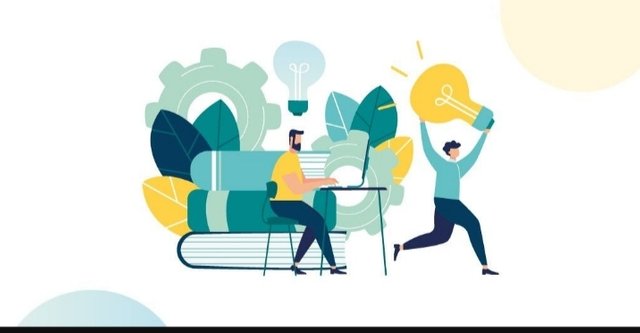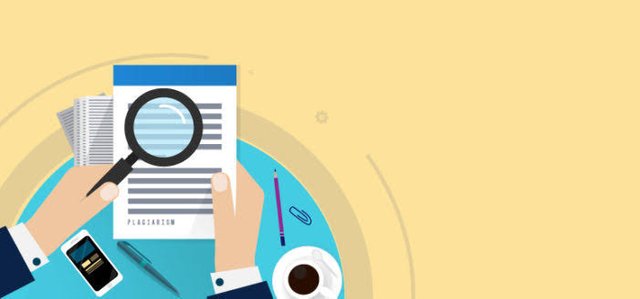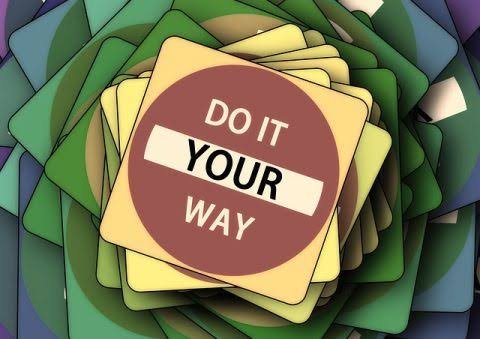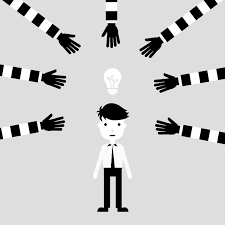Achievement 3/ Task 3: Content Etiquette by @junaid06
Assalamualaikum!
I hope u all are doing well. I'm glad because i got success in my Second achievement too and now I'm going to do my third task. Hope you guys support me.
Thank you so much .
Here is plagiarism. Here I'm going to tell you about plagiarism first off all I'll define plagiarism.
Plagiarism
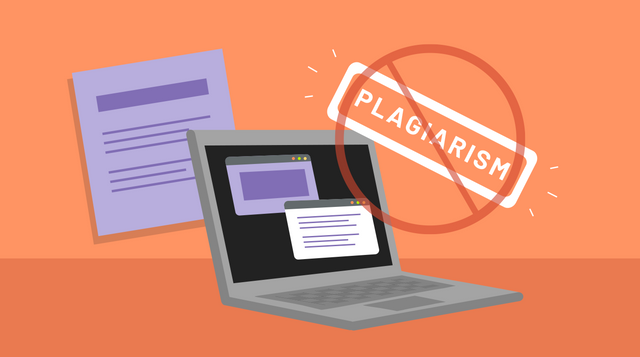
Plagiarism is presenting someone else's work or ideas as your own, with or without their consent, by incorporating it into your work without full acknowledgement. Plagiarism may be intentional or reckless, or unintentional.
Types of plagiarism
There are following types of plagiarism.
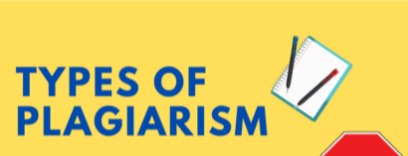
- Complete plagiarism
- Source based plagiarism
- Auto plagiarism
- Unintentional plagiarism
- Paraphrasing plagiarism
- Inaccurate authorship
Complete plagiarism
Complete plagiarism is the most severe form of plagiarism where a researcher takes a manuscript or study that someone else created, and submits it under his or her name. It is tantamount to intellectual theft and stealing.
Source-based plagiarism
This type of plagiarism refers to instances when misleading sources are involved. For example, the writer may have two sources of information but only reference one. Another form of source-based plagiarism would be when an author quotes a non-existent or incorrect source.
Auto plagiarism
Auto-plagiarism, also known as self-plagiarism or duplication, happens when an author reuses significant portions of his or her previously published work without attribution. Thus, this type of plagiarism is most likely to involve published researchers, rather than university students.
Unintentional plagiarism
Plagiarism occurs when you intentionally or unintentionally use the words or ideas of others without properly acknowledging the source where you found the information. Even if you find information online or from an electronic resource, you must avoid plagiarism just as if you were using print resources.
Paraphrasing plagiarism
Paraphrasing without crediting the original author is a form of plagiarism, because you're presenting someone else's ideas as if they were your own. However, paraphrasing is not plagiarism if you correctly cite the source. ... Yes, reusing your own work without acknowledgment is considered self-plagiarism.
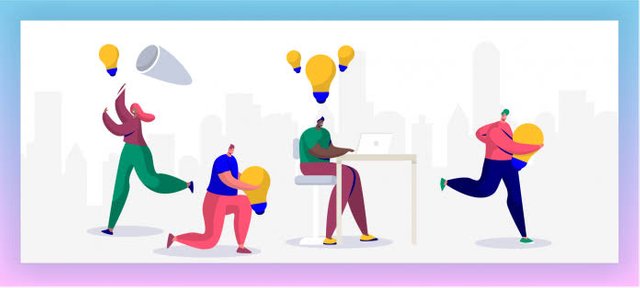
source
Inaccurate authorship
Inaccurate authorship or misleading attribution can happen in two ways: In one form, when an individual contributes to a manuscript but does not get credit for it. The second form is the opposite: when an individual gets credit without contributing to the work.
Examples of plagiarism
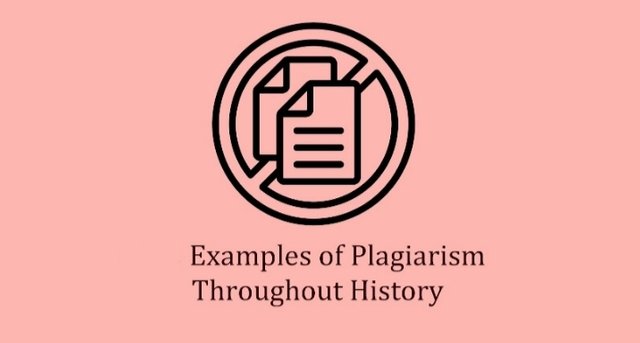
source
Some common examples of plagiarism include:
- Submitting a full text that is not your own.
- Copying elements of different sources and pasting them into a new document.
- Forgetting to add quotation marks to a direct quote.
- Paraphrasing a source too closely.
- Leaving out an in-text, parenthetical, or footnote citation.
How to avoid plagiarism?
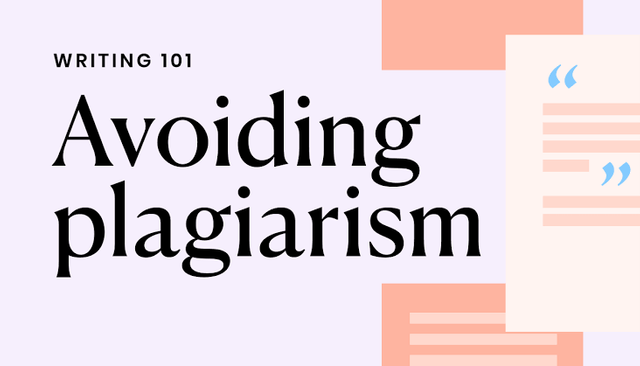
source
You can avoid plagiarism by:
- Keeping track of the sources you consult in your research.
- Paraphrasing or quoting from your sources (and adding your own ideas)
- Crediting the original author in an in-text citation and in your reference list.
- Using a plagiarism checker before you submit.
I hope you guys support me.
Cc
@vvarishayy
@amjadsharif
@cryptokannon
Regards by:

